Recipes often call for the juice of a lemon to brighten up a dish, if it doesn't notate an amount you may be wondering "how much juice is in a lemon"? Look no further, I'm here to answer any questions you may have about measuring lemon juice or lemon zest in the kitchen!
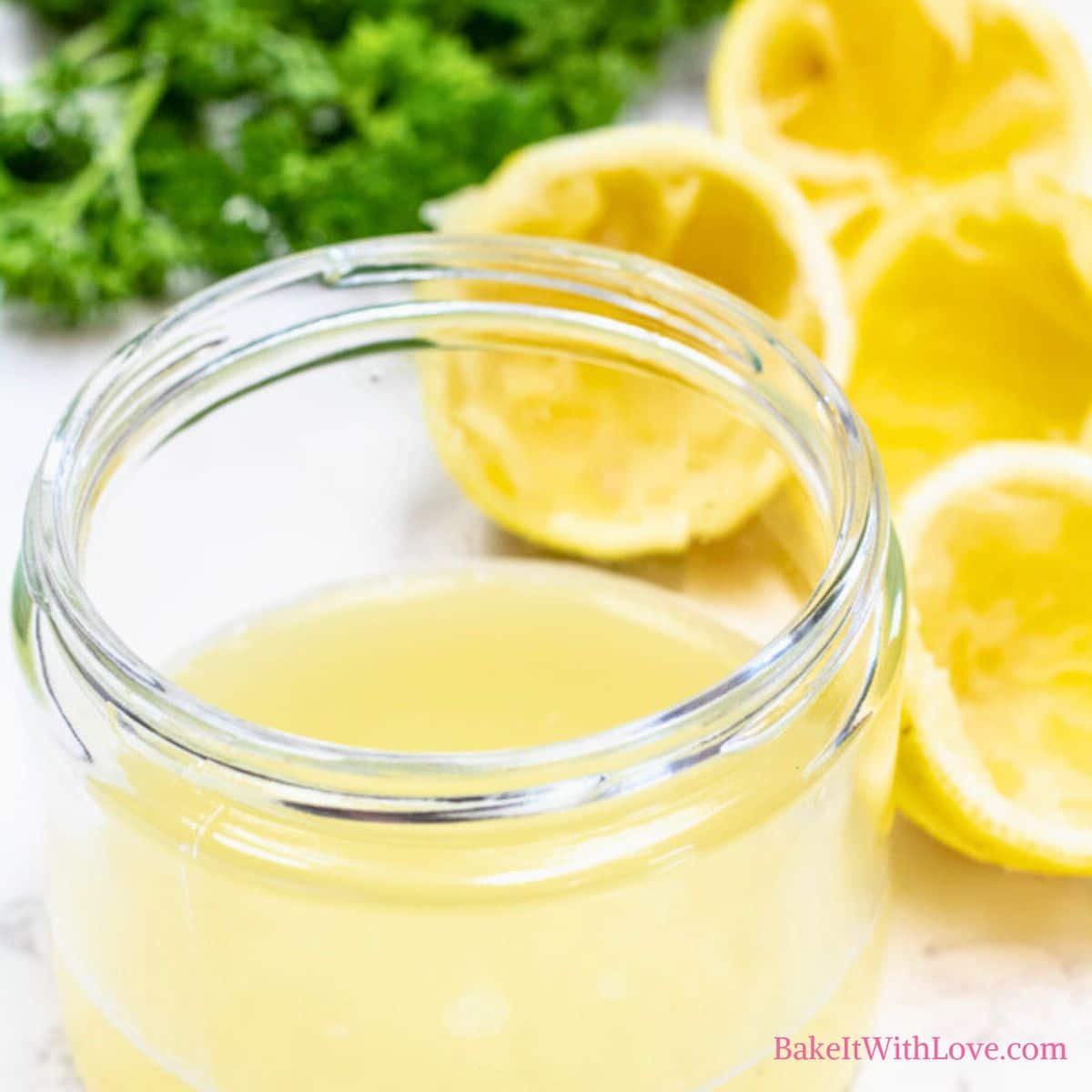
Jump to:
- How Much Juice Can One Lemon Produce?
- Juicing Tips and Tricks
- What Do You Do With Lemon Zest?
- How Do You Zest a Lemon?
- General Lemon Juice Rules for Recipes
- Fresh vs. Bottled Lemon Juice: Does it Matter?
- How to Store Lemons and Lemon Juice
- ❓ Juicing Lemon FAQs
- 🍋 My Favorite Recipes To Make With Lemons!
- 📖 Recipe Card
- 💬 Comments & Reviews
When a recipe calls for 'the juice of one lemon' or a specific measurement like '¼ cup of lemon juice,' it can be frustrating to guess how many lemons you'll need at the store. Buying too few can ruin a recipe, while buying too many leads to waste.
This guide will help you know exactly how much juice to expect from your lemons, so you get it right every time.
How Much Juice Can One Lemon Produce?
Lemons are available in several different shapes and sizes. Those that are smaller in size by nature produce less juice than larger ones. The amount of juice produced increases as the size of the fruit increases.
You can see how much juice each size has on average by looking at the table below.
Table 1: Lemon Juice per Lemon (based on lemon size)
| Lemon Size | Weight (oz.) | Juice (Tbsp) | Juice (fl. oz.) |
|---|---|---|---|
| Small Lemon | 4 ounces | 2-3 tablespoons | 1-1.5 fluid ounces |
| Medium Lemon | 5 ounces | 4 tablespoons | 2 fluid ounces |
| Large Lemon | 6 ounces | 5 tablespoons | 2.5 fluid ounces |
Juicing Tips and Tricks
The method and tools you use to juice the fruit will also influence how much juice you get. Keep in mind that it's quite normal for some to be more difficult to squeeze than others.
In other cases, the amount of juice you get from one depends on factors like quality and freshness.
The tricks below will help you squeeze every last drop of juice you can out of a lemon:
- Roll the fruit across a hard surface like a cutting board or the counter and press firmly as you roll it to massage its surface. Do this for about 10 to 15 seconds before juicing it.
- Prepare your lemon(s) for juicing by heating it in the microwave for 20-30 seconds, or until it becomes warm. Before putting it in the microwave, be sure to remove the stickers.
- To squeeze as much juice out of a lemon as possible, a citrus reamer or a citrus juicer will help. If you don't have any of these juicing tools, use a tong to hold the lemon and help you squeeze it by hand.
- When using a reamer or a juicer, cut the lemon in half horizontally to get the most juice out of it.
- Cut lemons in half lengthwise if you're going to squeeze the juice by hand. This will allow you to get the most juice out of the fruit by exposing as much of the flesh as possible.
- A fork can help break up the lemon's pulp before you squeeze it or juice it, so use it to poke your fruit a few times.
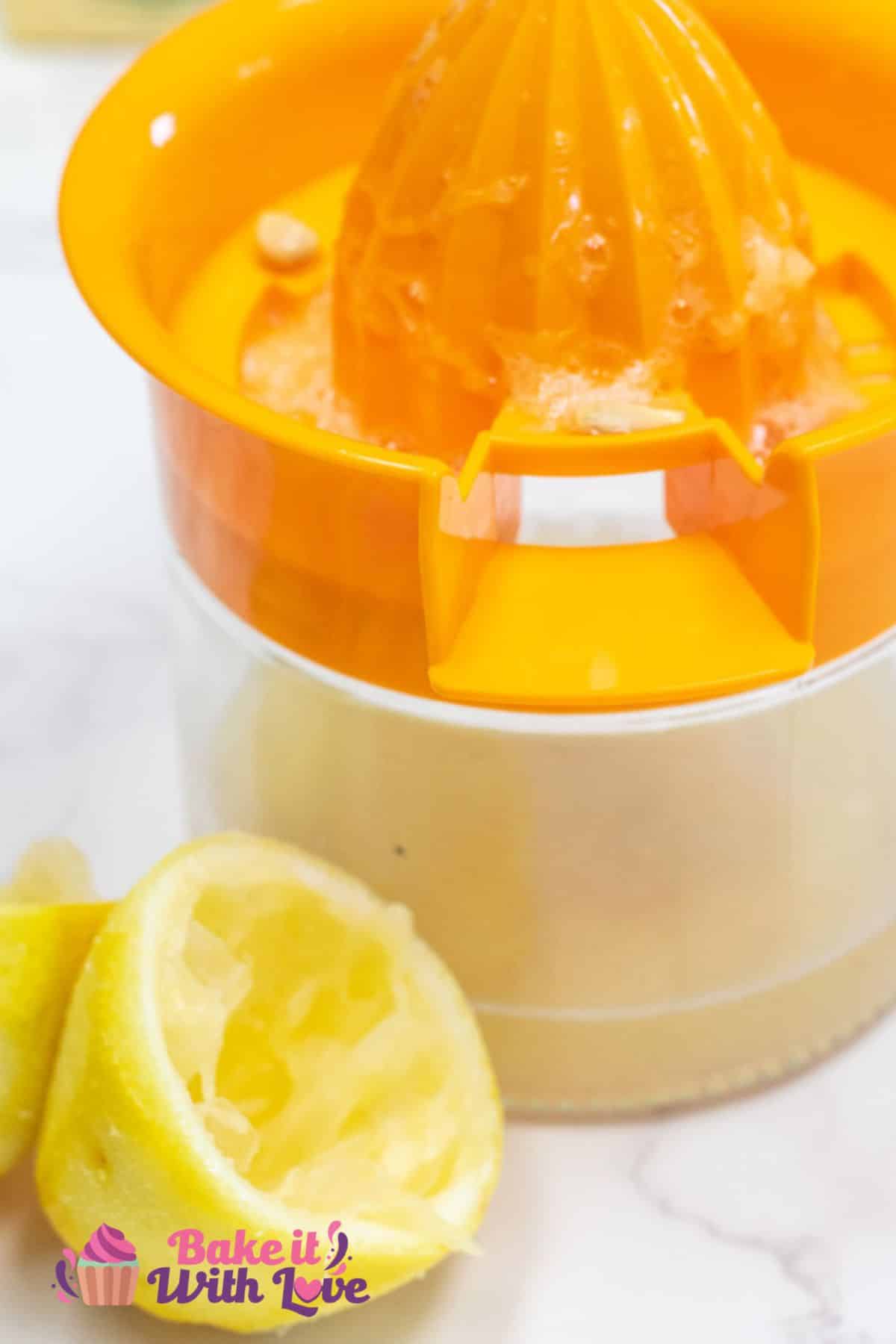
What Do You Do With Lemon Zest?
You can scrape or cut the brightly colored, yellow peel of a lemon to obtain the lemon zest. The flavor of the zest can often be stronger than the flavor of the juice.
Nevertheless, it's a common way to give dishes a tangy flavor, whether with or without lemon juice.
You can sprinkle zest on pasta to take the dish to the next level. To keep the flavors vibrant, it's important to add it right before serving. Then, grate it right over each serving.
Zest can also be used in baked goods to enhance their flavor. In baked goods, a small amount of fresh lemon zest can make a big difference. For example, adding a pinch or two will help bring out the flavors of a lemony pastry.
With the addition of zest, sauces, dressings, breadcrumb toppings, and more can be made even more flavorful. The richness of flavors can be countered with a sprinkling of it. To prevent it from becoming bitter, add it just before serving.
How Do You Zest a Lemon?
Zesting is a relatively easy process that results in such a vibrant and flavorful addition to food. If you have never zested a lemon before, you'll be surprised how easy it is to do!
To begin zesting, you'll want to first wash and clean the fruit. Lemons from non-organic sources often have a waxy coating, which can be removed by placing them in a colander, adding hot water, and then brushing them with a vegetable brush right away.
Once you've dried them off, you're ready to zest them up. You can use a cheese grater, a Microplane, or a citrus zester. If you're using a cheese grater, use the side with the finest grates.
Remove all of the yellow peel from the lemon by moving it back and forth over the grates. Avoid grating your fingers by keeping a close eye on them.
Typically, a small lemon yields approximately 1 tablespoon of lemon zest.
General Lemon Juice Rules for Recipes
My quick guide for using fresh lemon and bottled lemon juice in recipes:
- If a recipe calls for "the juice of 1 lemon": It's safest to assume it means a medium-sized lemon, which is about ¼ cup or 4 tablespoons of fresh lemon juice.
- If a recipe calls for "the zest of 1 lemon": This typically means about 1 tablespoon of zest from the lemon peel (avoid the pith below the yellow peel layer).
- Using Bottled Lemon Juice: To substitute for the juice of one medium lemon, use 4 tablespoons (¼ cup) of bottled juice.
Fresh vs. Bottled Lemon Juice: Does it Matter?
You might be tempted to reach for that bottle of lemon juice in your fridge. While convenient, it's important to know the difference.
Freshly squeezed lemon juice has a bright, vibrant, and nuanced flavor that can't be matched. It's essential for recipes where lemon is a star ingredient, like vinaigrettes, custards, or cocktails.
Bottled lemon juice is pasteurized for shelf stability, which slightly dulls its flavor and can sometimes add a subtle bitter or "off" taste due to preservatives. However, it's perfectly fine for recipes where its role is to add acidity rather than fresh flavor, such as in a marinade or a large pot of soup.
My recommendation is that if the recipe calls for a fresh, zesty lemon flavor, always use fresh juice.
How to Store Lemons and Lemon Juice
To get the most out of your purchase and prevent waste, proper storage is key.
Whole Lemons: Don't leave them in a fruit bowl! To keep lemons fresh for up to a month, place them in a sealed plastic bag and store them in your refrigerator's crisper drawer.
Fresh Lemon Juice: Store leftover juice in an airtight container in the fridge for 2-4 days.
For Long-Term Storage: Pour fresh juice into an ice cube tray and freeze. Once solid, transfer the cubes to a freezer-safe bag. You'll have perfectly portioned lemon juice ready to go for months!
❓ Juicing Lemon FAQs
Meyer lemons are typically juicier than regular lemons of the same size and are much sweeter. Expect 4-5 tablespoons from a medium Meyer lemon.
I do not recommended this swap. Zest provides concentrated lemon oil and flavor without liquid, while juice provides acidity. They play different roles in a recipe.
Don't throw them away (if you didn't zest them before juicing)! Toss a few down your garbage disposal for a fresh scent, or place them in a jar with white vinegar for two weeks to create an all-purpose citrus cleaner.
🍋 My Favorite Recipes To Make With Lemons!
- Lemon Blueberry White Chocolate Chip Cookies
- Strawberry Pineapple Lemonade Bars
- Lemon Strawberry Bread With Lemon Zest Icing
- Lemon Bars
- Lemoncello
Do you love a recipe you tried? Please leave a 5-star 🌟rating in the recipe card below and/or a review in the comments section further down the page.
Stay in touch with me through social media @ Pinterest, Facebook, Instagram, or Twitter! Subscribe to the newsletter today (no spam, I promise)! Don't forget to tag me when you try one of my recipes!
📖 Recipe Card
How Much Lemon Juice Is In A Lemon: How To Juice Your Lemons To Yield The Most Juice!
Ingredients
- 2 medium lemons
- 1 tablespoon honey (optional - great for baking with lemon juice)
(Note: 2x or 3x only changes the ingredient list)
Instructions
- Slice your 2 medium lemons in half horizontally across their widest point. Squeeze each half of your lemon in a juicer, either into a bowl, clean storage container, or measuring cup.
- Repeat until you have the amount of lemon juice needed. Store in the fridge for later use if desired.
- Mix lemon juice with 1 tablespoon honey before using in baking if desired, or mix lemon juice, honey, and water in a pitcher then serve over ice cubes for refreshing lemon water.
Notes
- Juice yield is approximately ½ cup of juice from two medium lemons.
- For best results and to get the most juice, see the Juicing Tips and Tricks section in the article above before you begin. *Don't skip the tip to roll your lemons on the countertop before juicing!
- If using in baking, you can mix the juice with honey as desired. For lemon water, mix with honey and water to taste.

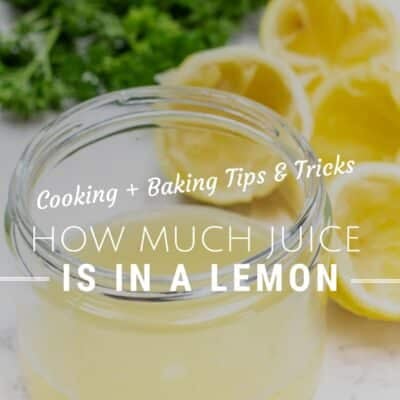
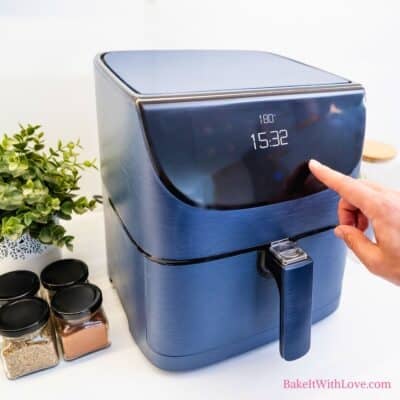
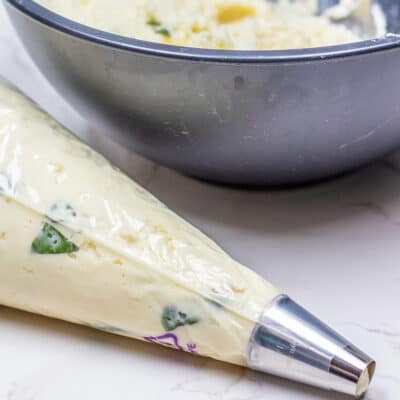



Comments
No Comments